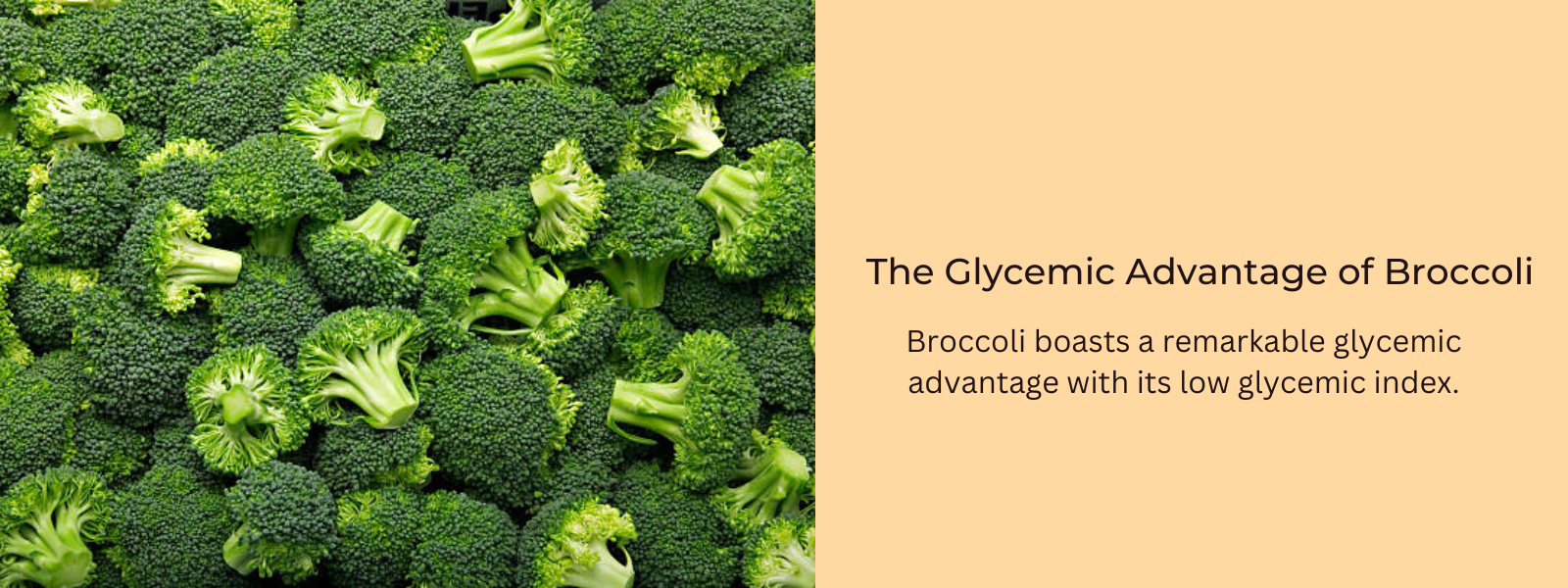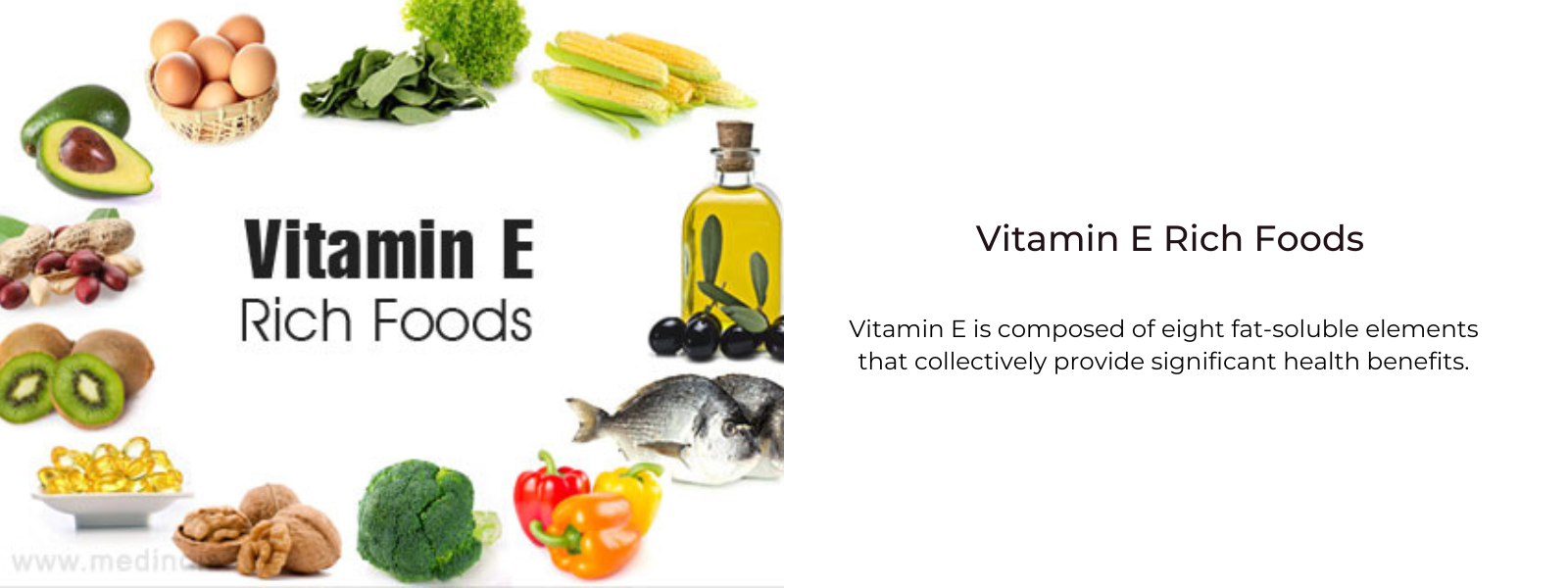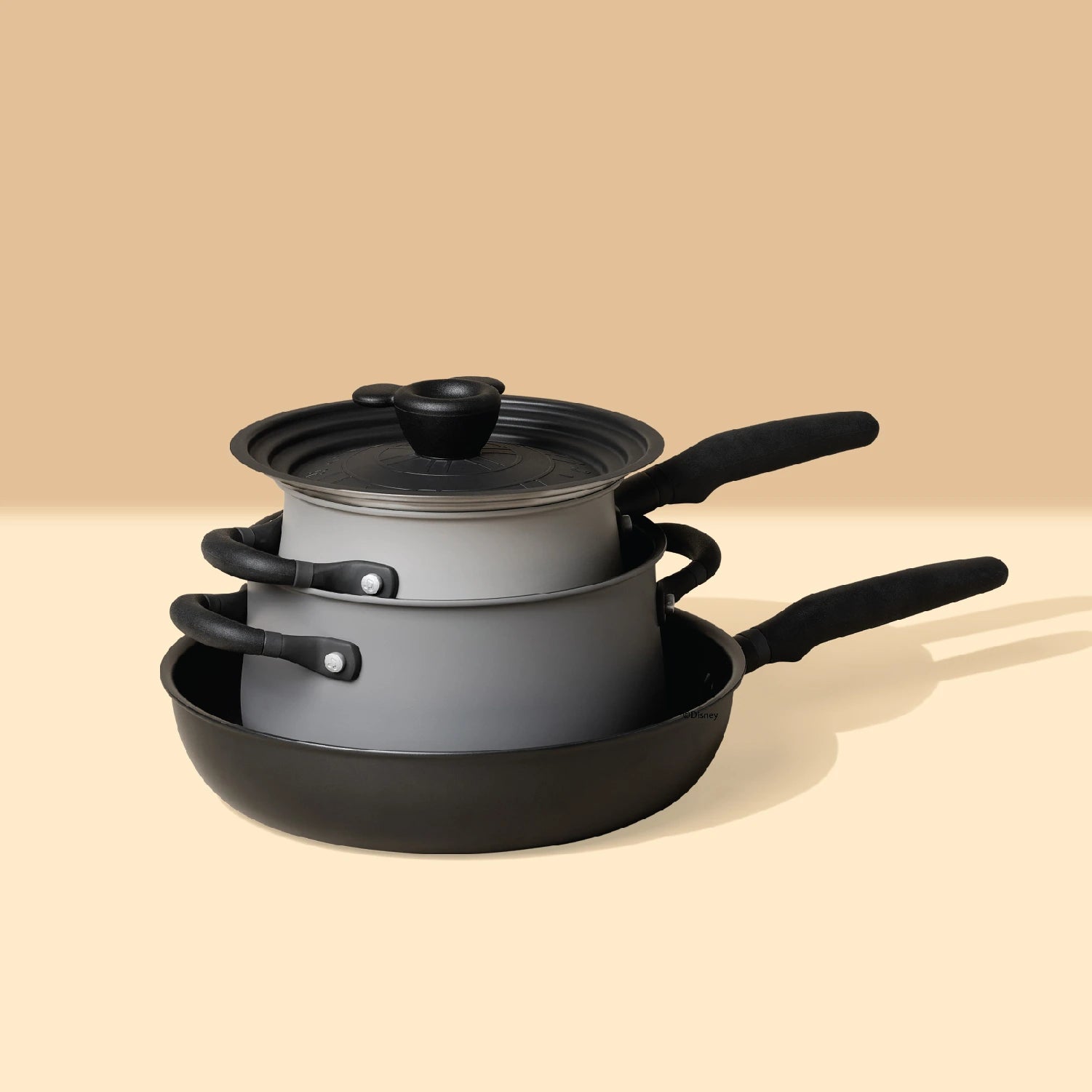Kale, a nutrient-rich leafy green vegetable, stands out for its exceptional nutritional profile and low glycemic impact, making it an ideal choice for maintaining stable blood glucose levels. With a low glycemic index, kale offers a gradual and steady release of glucose into the bloodstream, supported by its high fiber content, which slows down digestion. Packed with essential vitamins such as A, C, and K, along with minerals like calcium and potassium, kale provides a plethora of nutrients that support overall health and may positively influence blood sugar regulation. Its abundance of antioxidants combats oxidative stress and inflammation, potentially aiding in insulin sensitivity. Versatile in culinary applications, kale can be incorporated into salads, smoothies, soups, and various dishes, offering both delicious flavor and significant health benefits, particularly for those managing diabetes or seeking to improve metabolic health.
Table of Contents
What Is Kale?
Kale, a leafy green vegetable belonging to the Brassica family, boasts an impressive nutritional profile, making it a popular choice for health-conscious individuals. Rich in vitamins, minerals, and antioxidants, kale offers numerous health benefits. It is particularly renowned for its high content of vitamin K, providing over 1000% of the recommended daily intake in just one cup of raw kale, essential for blood clotting and bone health. Additionally, kale is an excellent source of vitamin A, vitamin C, and vitamin B6, vital for immune function, vision, and overall health. Its mineral content includes significant amounts of calcium, potassium, manganese, and magnesium, contributing to bone health, muscle function, and electrolyte balance. Furthermore, kale is packed with antioxidants such as flavonoids, carotenoids, and polyphenols, which combat oxidative stress, inflammation, and chronic disease risk. With its low calorie and carbohydrate content, along with high fiber and water content, kale is a nutrient-dense food that supports weight management and aids in blood sugar regulation. Incorporating kale into the diet offers a convenient way to boost overall nutrient intake and promote optimal health and well-being.
Kale Is A Nutrient-Rich Leafy Green with Low Glycemic Impact:
Here are some key aspects of kale and its benefits:
- Low Glycemic Index (GI):
- Kale has a low glycemic index, meaning it does not cause a rapid spike in blood sugar levels when consumed. This quality makes it suitable for individuals looking to manage their blood glucose levels effectively.
- High in Fiber:
- Kale is an excellent source of dietary fiber, both soluble and insoluble. Fiber slows down the absorption of glucose in the bloodstream, promoting gradual and steady release, which helps stabilize blood sugar levels over time.
- Rich in Nutrients:
- Kale is packed with essential vitamins and minerals, including vitamin A, vitamin C, vitamin K, calcium, potassium, and manganese. These nutrients play various roles in supporting overall health and may also have a positive impact on blood sugar regulation.
- Antioxidant Properties:
- Kale contains antioxidants such as flavonoids, polyphenols, and carotenoids, which help combat oxidative stress and inflammation in the body. Chronic inflammation is associated with insulin resistance and impaired blood sugar control, so the anti-inflammatory effects of kale may support better glycemic control.
- High in Vitamin K:
- Kale is particularly rich in vitamin K, which is essential for blood clotting and bone health. Some research suggests that vitamin K may also have a role in improving insulin sensitivity, although more studies are needed to confirm this.
- Detoxification Support:
- Kale contains compounds that support the body's natural detoxification processes, helping to eliminate toxins and waste products. This detoxification support may indirectly contribute to better metabolic health and blood sugar regulation.
- Versatility in Culinary Use:
- Kale is incredibly versatile and can be incorporated into a wide range of dishes. It can be enjoyed raw in salads, sautéed as a side dish, blended into smoothies, or added to soups, stews, and casseroles.
- Heart Health Benefits:
- The nutrients and antioxidants found in kale are beneficial for heart health. By supporting cardiovascular function and reducing the risk of heart disease, kale indirectly contributes to overall metabolic health and blood sugar control.
What Do You Mean By Low Glycemic Index?
The glycemic index (GI) is a scale that ranks carbohydrate-containing foods based on how much they raise blood glucose levels after consumption compared to a reference food, typically pure glucose or white bread. Foods with a low glycemic index have a relatively small effect on blood glucose levels, causing a gradual and modest increase in blood sugar over time. These foods are digested and absorbed more slowly, resulting in a more gradual release of glucose into the bloodstream. On the other hand, foods with a high glycemic index cause a more rapid and pronounced increase in blood glucose levels. Low glycemic index foods are often recommended for individuals with diabetes or those aiming to manage their blood sugar levels effectively, as they help prevent sudden spikes and crashes in blood glucose and promote more stable energy levels. Examples of low glycemic index foods include non-starchy vegetables, legumes, whole grains, nuts, and most fruits.
Healthy Ways To Include Kale Into Your Diet:
Incorporating kale into your diet can add a nutritious boost to your meals. Here are some healthy and delicious ways to use kale:
- Kale Salad:
- Create a refreshing salad by massaging raw kale leaves with a bit of olive oil and lemon juice to soften them. Add toppings like cherry tomatoes, cucumber slices, shredded carrots, and avocado. Top with a protein source such as grilled chicken, chickpeas, or tofu, and sprinkle with seeds or nuts for added crunch.
- Kale Smoothie:
- Blend kale leaves into your favorite smoothie recipe. Combine with fruits like bananas, berries, mangoes, or pineapples, along with a liquid base such as almond milk, coconut water, or Greek yogurt. Add a scoop of protein powder or nut butter for an extra nutritional boost.
- Sautéed Kale:
- Heat a small amount of olive oil in a skillet and sauté chopped kale with garlic until wilted. Season with salt, pepper, and a pinch of red pepper flakes for a flavorful side dish. You can also add kale to stir-fries or pasta dishes for added nutrients.
- Kale Chips:
- Make homemade kale chips by tossing kale leaves with olive oil, salt, and any desired seasonings (such as nutritional yeast or smoked paprika). Spread them in a single layer on a baking sheet and bake until crispy for a healthy snack alternative to potato chips.
- Kale Pesto:
- Prepare a nutritious pesto sauce by blending kale leaves with garlic, pine nuts, Parmesan cheese, and olive oil. Use it as a sauce for pasta, pizza, sandwiches, or as a dip for vegetables and crackers.
- Kale Soup:
- Make a hearty soup by simmering kale with other vegetables like onions, carrots, celery, and potatoes in vegetable or chicken broth. Add beans, lentils, or whole grains for protein and fiber. Season with herbs and spices for extra flavor.
- Kale Wraps:
- Use large kale leaves as wraps for sandwiches or tacos. Fill them with hummus, grilled vegetables, quinoa, falafel, or lean meats for a nutritious and portable meal option.
- Kale and Quinoa Salad:
- Combine cooked quinoa with chopped kale, diced vegetables (such as bell peppers, cucumbers, and red onions), and a dressing made with olive oil, lemon juice, and herbs. Top with crumbled feta cheese or toasted nuts for added texture and flavor.
- Kale and White Bean Stew:
- Make a comforting stew by simmering kale with white beans, tomatoes, garlic, onions, and vegetable broth. Season with Italian herbs and spices for a flavorful and nutritious one-pot meal.
- Kale and Egg Breakfast Skillet:
- Sauté kale with onions and bell peppers in a skillet, then crack eggs on top and cook until the whites are set. Serve with whole-grain toast or avocado slices for a satisfying and protein-rich breakfast.











Leave a comment